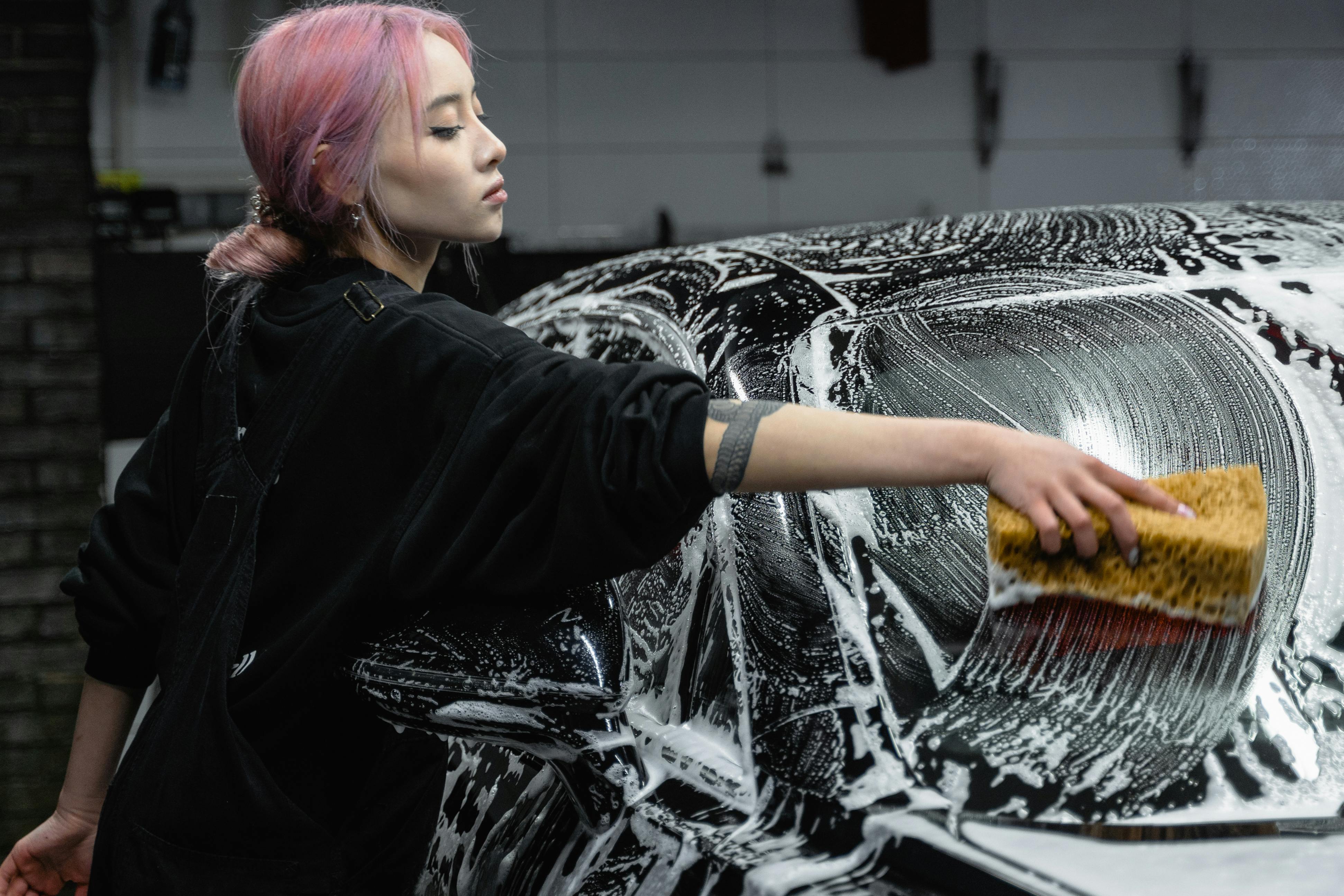Professional Car Pet Hair Removal Service Guide
Pet owners know the struggle—getting rid of stubborn fur from your car’s upholstery can feel impossible. With more people traveling with pets, a specialized car pet hair removal service has become essential for maintaining cleanliness and hygiene. This article will walk you through the fundamentals, practical solutions, and cutting-edge methods to ensure your car remains pristine no matter how furry your passengers are.

Understanding the Fundamentals
The car pet hair removal service industry focuses on removing animal hair embedded in vehicle interiors using specialized tools and techniques. As pet ownership rises globally, services like these are not just luxuries—they’re becoming necessities. Historically, most vehicle cleaning methods overlooked the complexity of removing pet hair until dedicated auto detailers introduced targeted solutions.
These fundamentals matter because pet hair isn’t just an aesthetic issue—it can impact air quality and vehicle resale value. Like sand in a beach house, pet hair sneaks into every corner, creating long-term hygiene problems if left unchecked.
1.1 Understanding Hair Bonding to Surfaces
Pet hair clings to car upholstery due to static electricity and the fabric’s texture. Certain materials, like velour or fleece-lined seats, attract and retain fur more than leather or vinyl. According to a 2023 study by the Auto Hygiene Institute, 78% of pet hair particles embed deeper into cloth seats than into synthetic leather.
In real-world terms, even regular vacuuming won’t extract hair bonded via static—only specialized brushes or latex gloves will. A common misconception is that stronger suction equals better results, but often it’s the wrong tool for the job.
1.2 Types of Pet Hair and How They Affect Removal
Short-haired breeds like pugs shed differently compared to long-haired breeds like golden retrievers. Short fur tends to wedge into fibers, while long fur clumps and mats more easily. Understanding these differences helps tailor cleaning strategies.
In practical scenarios, professional car pet hair removal services segment clients based on breed, vehicle interior type, and usage pattern, ensuring customized treatment for optimal outcomes.
Practical Implementation Guide
Knowing how to apply these principles will dramatically improve results. Whether you’re a detailing professional or a DIY enthusiast, the steps outlined here can help you remove pet hair effectively and efficiently. Expect noticeable cleanliness with consistent application of techniques.

2.1 Actionable Steps
- Step 1: Prepare the Surface: Start by removing all loose items and floor mats. Use compressed air to loosen trapped fur in crevices.
- Step 2: Use Specialized Tools: Employ rubber brushes, pet hair sponges, or latex gloves. These tools create friction that lifts hair from fabric.
- Step 3: Vacuum Strategically: Use a high-powered vacuum with a turbo brush attachment. Move in overlapping patterns to ensure full coverage.
2.2 Overcoming Challenges
Common obstacles include embedded fur, static cling, and inaccessible areas like between seats. Here’s how to address them:
- Use fabric softener spray (diluted) to reduce static
- Invest in a crevice tool for hard-to-reach areas
- Repeat brushing before and after vacuuming
Pro tip: A lightly dampened sponge can outperform expensive gadgets in many scenarios. Be cautious of over-wetting fabrics as that may cause mildew or stains.
Advanced Applications
Once you’ve mastered the basics, these advanced techniques take your car pet hair removal service to the next level. Ideal for professionals or high-volume pet owners, these methods deliver superior, long-lasting results.

3.1 Electrostatic Techniques
Electrostatic rollers and ionic brushes use opposing charges to lift pet hair from fabric surfaces. Case studies show these tools can increase hair removal efficiency by up to 50%. They’re particularly useful in luxury vehicles with high-pile upholstery.
3.2 Steam Cleaning Integration
Steam loosens embedded hair while sanitizing the surface. Integrating steam cleaning with brushing techniques significantly reduces labor and improves hygiene. Make sure your car’s upholstery can withstand moisture exposure to avoid warping or mold.
Future Outlook
With technological advancements, future tools will likely include AI-guided vacuums and eco-friendly biodegradable removal pads. The industry is projected to grow 11% annually through 2030, driven by increasing pet travel and awareness of vehicle hygiene.
To stay ahead, consumers and professionals should invest in emerging technologies and remain updated on best practices for car pet hair removal services.
Conclusion
Three key takeaways: First, not all pet hair is the same—tailor your tools accordingly. Second, combining tools yields the best results. Third, consistency is key. A professional car pet hair removal service is the most efficient way to maintain a clean and hygienic vehicle.
Ready to say goodbye to stubborn pet hair? Whether you’re DIY-ing or hiring pros, take action today and enjoy a fur-free drive. For ongoing support, consider scheduling a regular detailing service tailored for pet owners.
Frequently Asked Questions
- Q: What’s the easiest way to remove pet hair from my car? Use a rubber brush or latex glove with a vacuum for fast and effective results.
- Q: How should I start with pet hair removal? Begin with brushing and vacuuming. Prep the area by removing debris and mats first.
- Q: How long does it take to clean a car? Most standard sedans take 45–60 minutes depending on the fur level and tools used.
- Q: How much does a professional service cost? Prices range from $50 to $150 depending on vehicle size and hair severity.
- Q: How does this compare to general car cleaning? Car pet hair removal services use specialized tools; general cleaners don’t target hair specifically.
- Q: Is this difficult to do myself? Moderate. Basic tools are easy to use, but heavily infested cars may require professional help.
- Q: Do you offer services for taxis or rideshare vehicles? Yes. High-traffic vehicles benefit most from frequent professional pet hair removal treatments.
